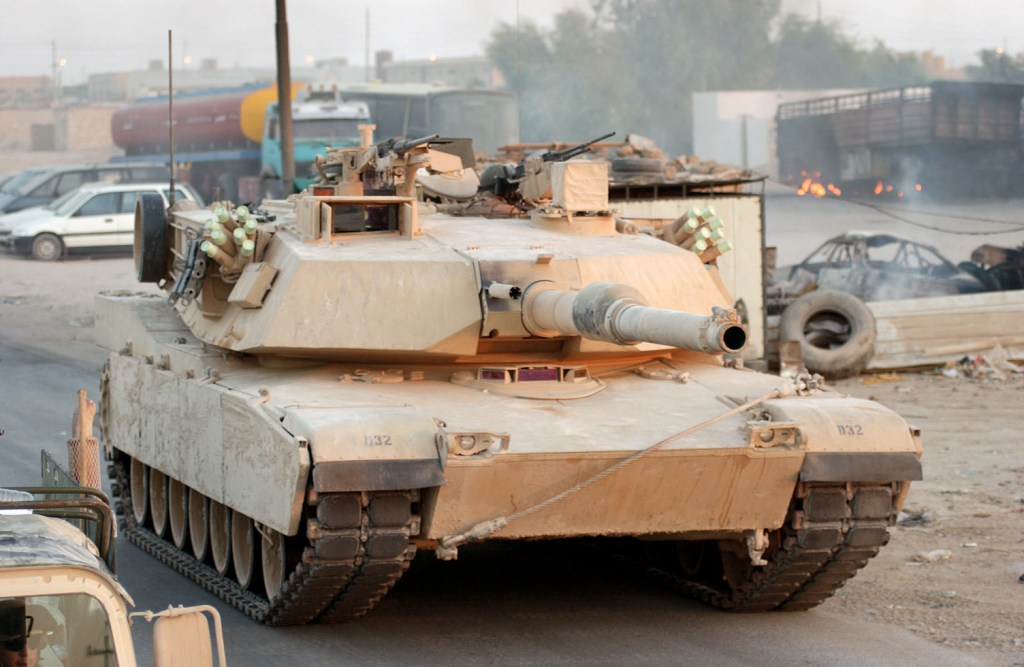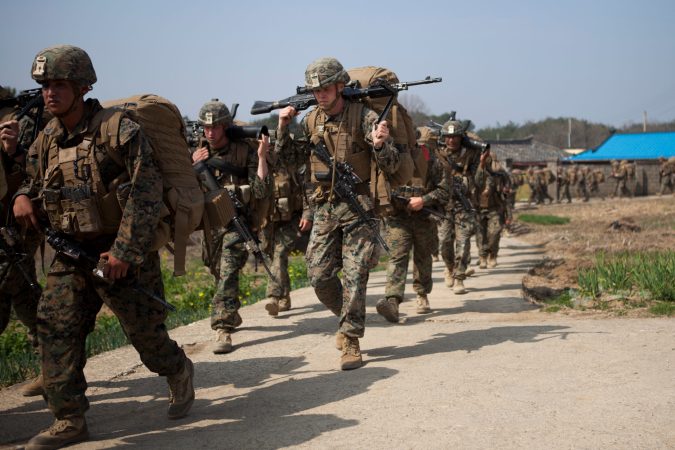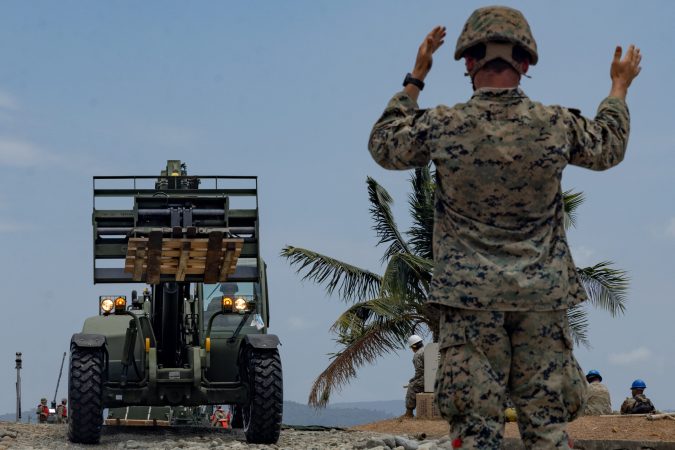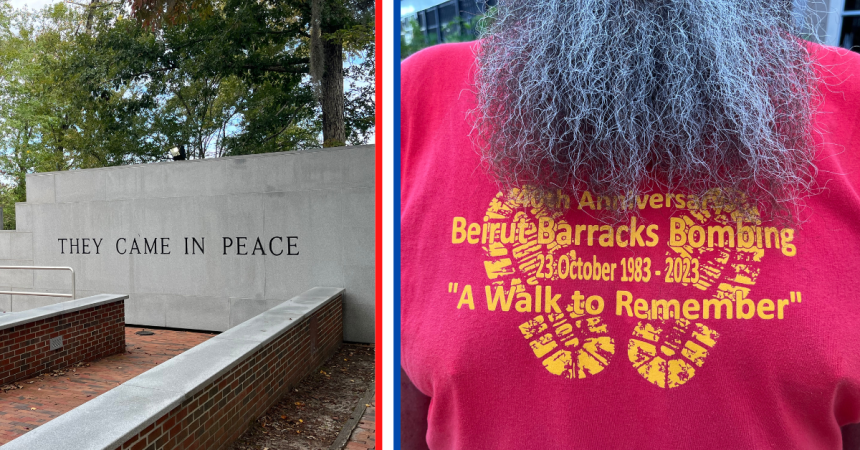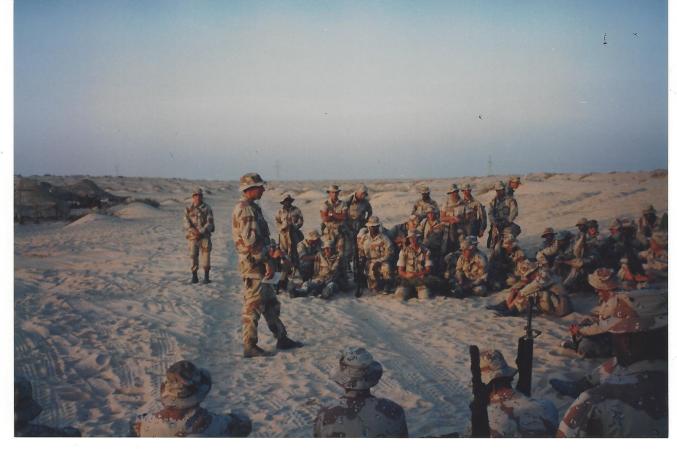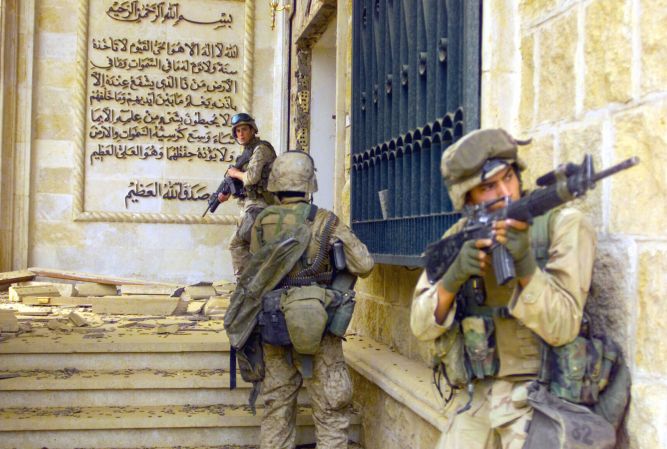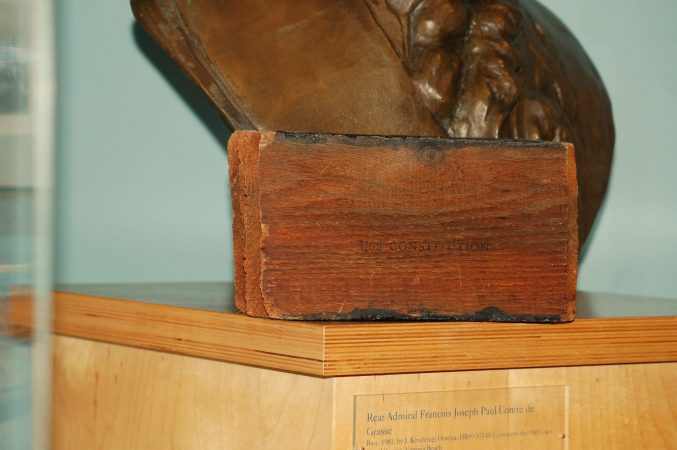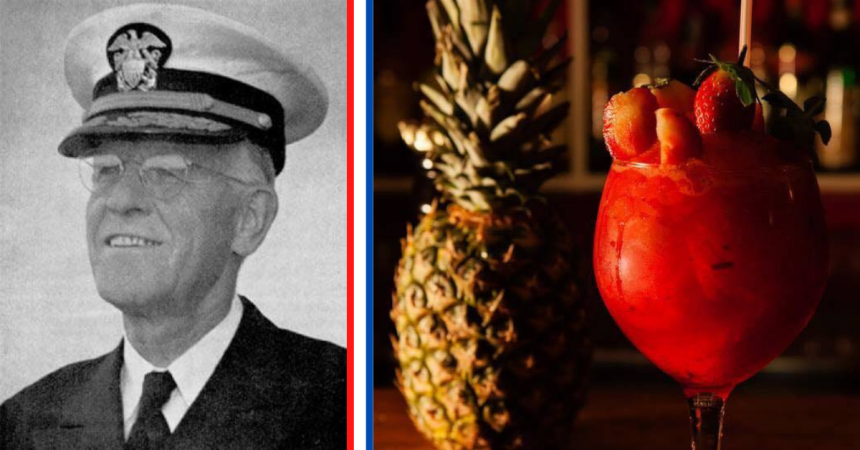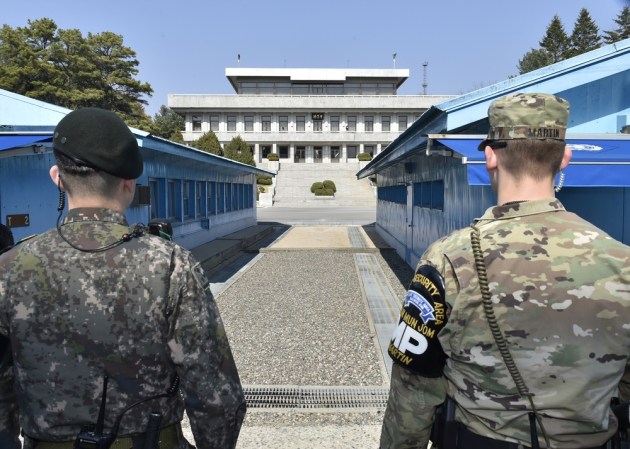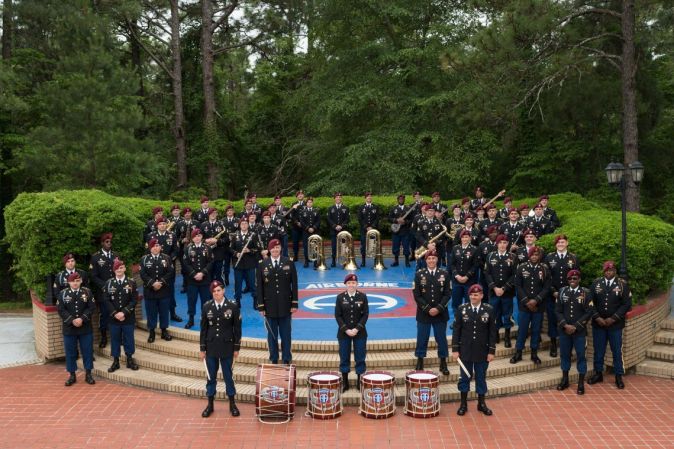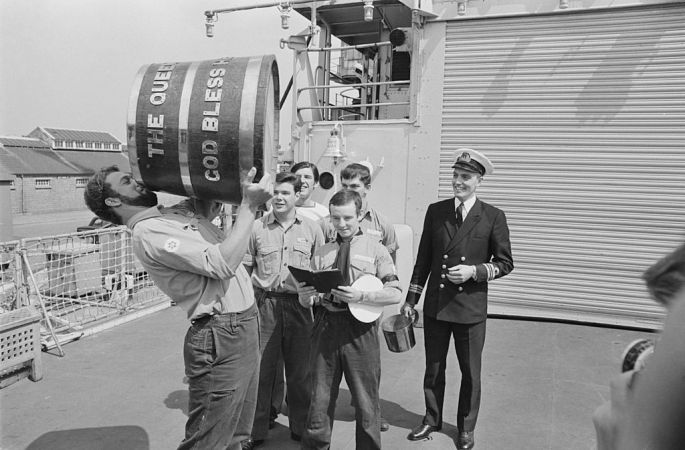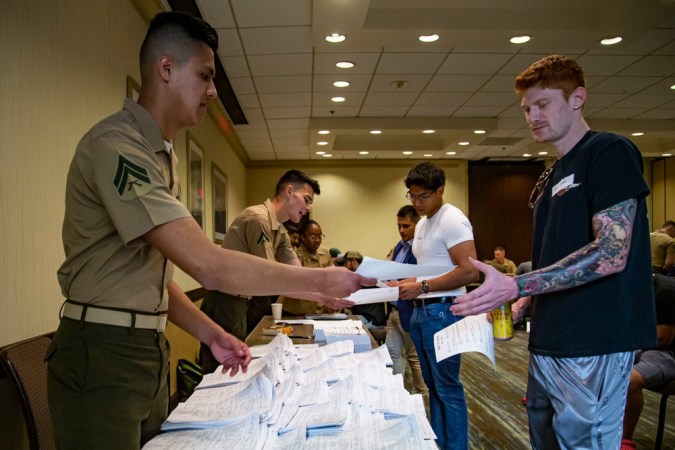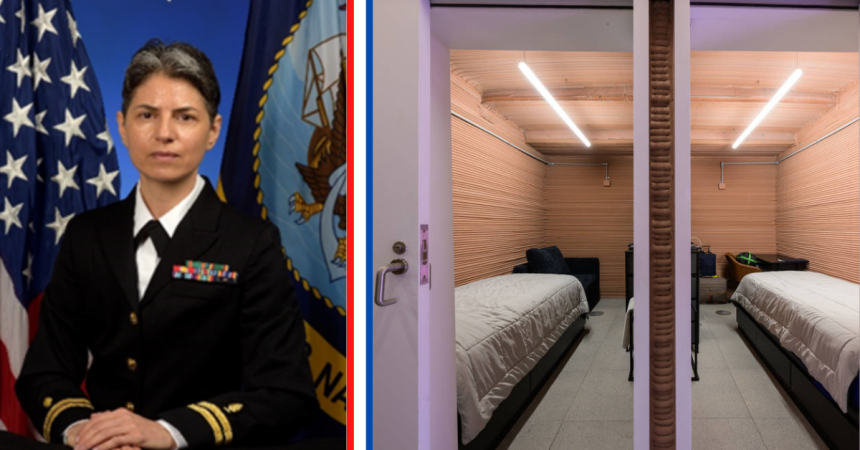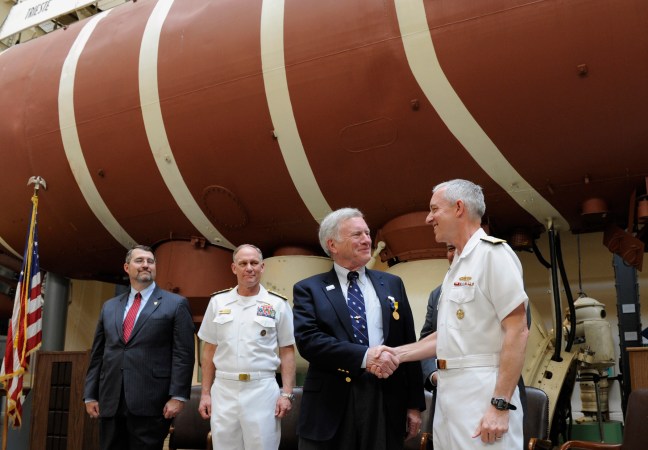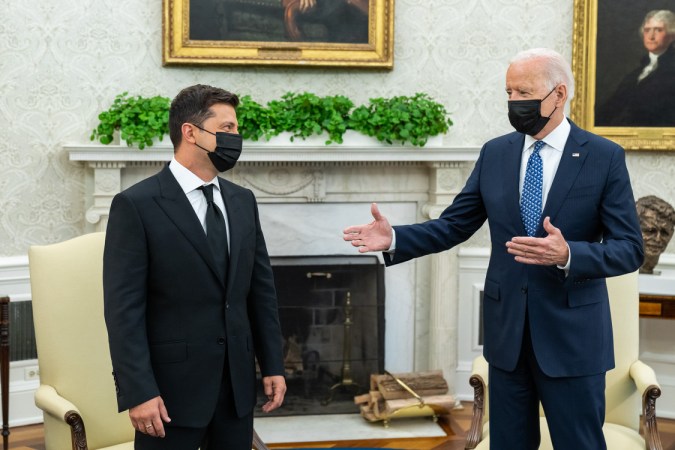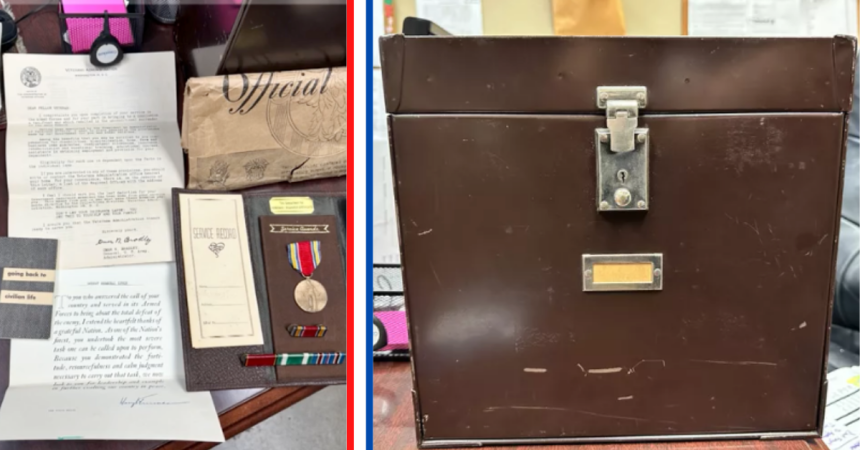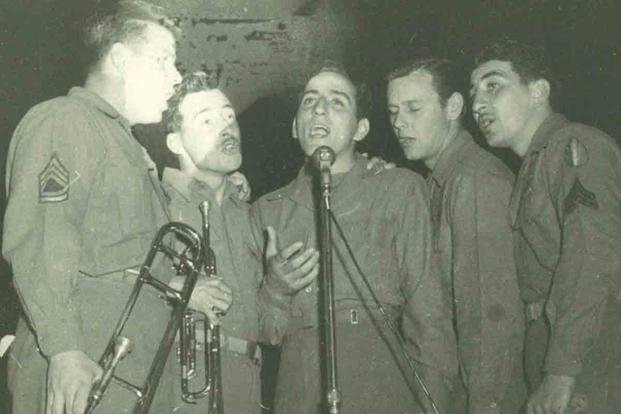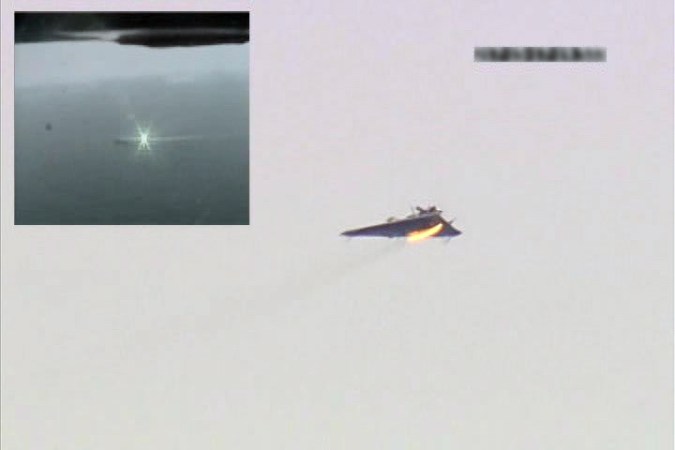The Battle of Najaf took place from August 5 to August 27, 2004. This gritty encounter pitted U.S. and Iraqi government forces against the Mahdi Army. In fact, many consider this to be one of the Marine Corps’ forgotten battles in Iraq.
The Mahdi Army was a Shiite militia led by the influential cleric Muqtada al-Sadr. In this fierce urban battle, both sides displayed unique tactics and determination. However, the Mahdi Army held their ground against a formidable foe.
Facing the Mahdi Army: Who were they?
The Mahdi Army included mostly young, ill-equipped and poorly trained fighters. It didn’t appear to stand much of a chance against the highly skilled and technologically advanced U.S. and Iraqi forces. However, their knowledge of the urban environment and guerrilla tactics caught their opponents off-guard. Imagine trying to locate hidden enemies, lurking in alleys and civilian homes, ready to ambush you at any moment.
Putting the enemy on the back foot
In response to the Mahdi Army’s relentless guerrilla tactics, U.S. forces had to adapt their strategies quickly. Relying on precision airstrikes, armored vehicles and cutting-edge weaponry, they successfully countered the Mahdi Army’s rocket-propelled grenades, snipers and small arms fire. These measures, however, were not enough to completely suppress the enemy.
Surprisingly, the Mahdi Army displayed an exceptional level of resilience. It utilized their intimate knowledge of the city and its terrain to evade, ambush, and harass U.S. and Iraqi forces. This continuous urban warfare forced the U.S. forces to adjust their tactics. Revision approaches included employing small units to counter the unconventional warfare tactics used by the Mahdi Army.

An Unconventional Battlefield: The Holy Imam Ali Shrine
One of the most notable aspects of the Battle of Najaf was the Mahdi Army’s strategic decision to use the historic Imam Ali Shrine as a stronghold. This move complicated the U.S. and Iraqi forces’ mission. That’s because they had to engage with the enemy and preserve a holy site at the same time.
The Imam Ali Shrine holds deep significance for the Shiite Muslim population, making it a highly sensitive target. U.S. and Iraqi forces were forced to carefully consider their actions. But it wasn’t very easy to avoid damaging the site.
This delicate balancing act meant that U.S. and Iraqi forces had to engage in combat with extreme caution. Both militaries took care not to escalate the conflict and cause irreparable harm to the shrine. This constraint significantly impacted their tactical options. In turn, it allowed the Mahdi Army to exploit the situation. The site became a defensive position.
Ceasefires and the human cost
As the battle raged on, several ceasefires were negotiated, only to be shattered by sporadic outbreaks of fighting. This brutal conflict took a heavy toll on both sides. While estimates of Mahdi Army fatalities ranged from 300 to 1,000, U.S. forces reported 11 deaths and over 100 injuries. The number of casualties among Iraqi government forces remains unclear. However, it was evident that they had also paid a high price.
The Role of Grand Ayatollah Ali al-Sistani
When the situation in Najaf seemed to be at a breaking point, Grand Ayatollah Ali al-Sistani, Iraq’s most respected Shiite cleric, stepped in. His goal was to mediate between the warring factions. He immediately got to work to diffuse the escalating tension and bring the bloody conflict to a close.
Brokering the Najaf Peace Accord
Al-Sistani wasted no time in his efforts to broker a peace deal. He immediately called for a mass march of Shiite Muslims toward Najaf. The goal was to show solidarity and support for a peaceful resolution to the conflict. This demonstration of unity and commitment to peace put immense pressure on both the Mahdi Army and the U.S. and Iraqi forces to reach an agreement.
After intense negotiations, al-Sistani successfully brokered the Najaf Peace Accord. This groundbreaking agreement addressed the key concerns of all parties involved. Under the terms of the accord, the Mahdi Army was required to disarm and disband. U.S. and Iraqi forces agreed to withdraw from the city. In addition, the accord called for the Iraqi government to implement a comprehensive security plan to maintain stability and order in Najaf.
Overcoming obstacles and saving lives
Al-Sistani’s intervention came at a critical moment. Fighting in Najaf had caused significant loss of life, widespread destruction, and strained relations between the Shiite population and the U.S. and Iraqi forces. By stepping in and using his influence, al-Sistani not only helped broker a peace deal but also likely saved countless lives by preventing further escalation of the conflict.
Moreover, al-Sistani’s involvement demonstrated his dedication to preserving the sanctity of the Imam Ali Shrine and the well-being of the Shiite community. His actions earned him even greater respect and admiration from the people of Iraq and cemented his position as a key player in Iraqi politics.
Learning from the Battle of Najaf
Grand Ayatollah Ali al-Sistani’s timely intervention in the Battle of Najaf played a crucial role in resolving the conflict and preventing further bloodshed. Through his leadership and diplomacy, he managed to bring together the warring factions and broker the historic Najaf Peace Accord. This showcased the power of religious influence in times of crisis and the importance of dialogue and negotiation in conflict resolution.
While U.S. and Iraqi government forces eventually prevailed, the Battle of Najaf exposed the challenges they faced in dealing with insurgent groups and urban warfare. It also highlighted the tenacity of the Mahdi Army and the leadership of Muqtada al-Sadr, who would become a prominent political figure in Iraq. The battle served as a sobering reminder of the complexities of the Iraq War and the struggle for peace in a region steeped in historical, religious, and ethnic divisions.


